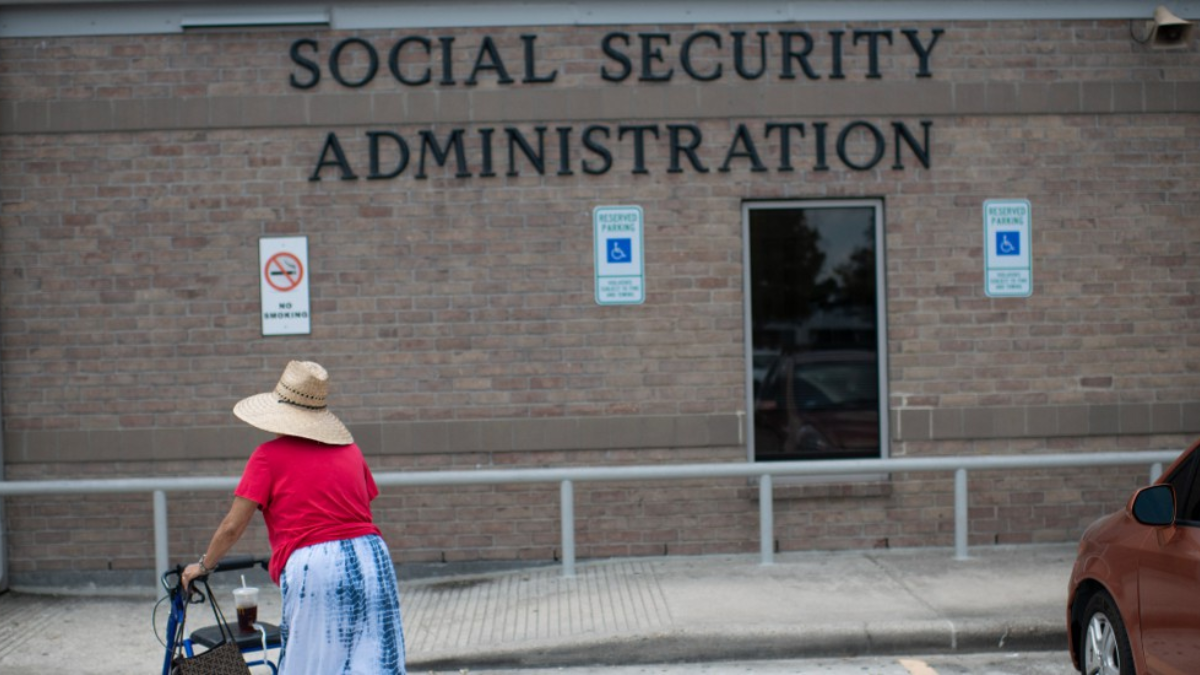The closure of Social Security offices has become a significant concern for many Americans, particularly those in rural areas. Recently, news about potential closures of Social Security Administration (SSA) offices has raised alarms, as it could force residents to travel up to 135 miles to access essential services. This development could create substantial hurdles for individuals who depend on these offices for assistance with retirement benefits, disability claims, and other vital services.
Impact of Social Security Office Closures
For many Americans, particularly the elderly and disabled, access to a local Social Security office is critical. These offices handle an array of services, from processing retirement and disability benefits to assisting with Medicare enrollment. The closure of nearby offices would disproportionately affect individuals in rural areas, where transportation options are limited.
Residents living in areas impacted by closures may need to travel extensive distances, sometimes up to 135 miles, to visit the nearest office. For individuals who lack reliable transportation, this could mean higher costs and significant inconvenience. Moreover, many affected individuals are not comfortable using online services, either due to lack of internet access or unfamiliarity with technology.
Reasons Behind the Closures
The SSA has cited budget constraints and reduced foot traffic as reasons for office closures. Over the past decade, funding for the SSA has not kept pace with the growing demand for services. This has forced the administration to make difficult decisions, including consolidating offices to cut costs. While the SSA aims to direct more people toward online resources, this shift may not be feasible for everyone, especially older populations who rely on in-person support.
According to advocates, these closures are short-sighted and fail to account for the needs of vulnerable communities. With millions of Americans dependent on Social Security benefits, the demand for in-person services remains high.
Challenges for Affected Communities
The closure of Social Security offices could exacerbate existing inequalities in access to government services. Rural areas, already grappling with fewer healthcare facilities and limited public transportation, would face additional barriers. For individuals with mobility issues or those unable to drive, a 135-mile trip is not only inconvenient but also financially burdensome.
Local advocacy groups have raised concerns that these closures could lead to delays in benefit processing, miscommunication, and reduced access to critical resources. Residents may also experience increased wait times at the remaining offices, further compounding the problem.
Online Services as an Alternative
While the SSA has encouraged the use of its online platform for handling applications, benefit checks, and other services, many Americans still prefer in-person interactions. According to recent surveys, a significant portion of Social Security beneficiaries are over the age of 65, a demographic that may not feel comfortable navigating digital platforms.
Moreover, broadband internet access remains inconsistent in rural areas, making it challenging for residents to utilize online services effectively. For those without internet or computer access, the shift to digital platforms could leave them without any viable options.
Possible Solutions to Mitigate the Impact
To address the challenges posed by Social Security office closures, several measures can be considered:
- Expand Mobile Outreach Programs: The SSA could deploy mobile offices to visit underserved communities on a rotating basis, ensuring that residents still have access to critical services.
- Enhance Online Assistance: Investing in user-friendly online tools and offering virtual consultations with SSA representatives could bridge the gap for those who are tech-savvy.
- Provide Transportation Support: Partnering with local governments and nonprofit organizations to offer transportation assistance to Social Security offices could alleviate travel burdens.
- Increase Federal Funding: Advocates are calling on Congress to allocate more funding to the SSA, enabling it to keep offices open and adequately staffed.
Advocacy Efforts and Public Response
The potential closures have sparked a wave of advocacy efforts aimed at preserving local Social Security offices. Community leaders, lawmakers, and organizations have called on the federal government to reconsider its approach. Petitions, public hearings, and grassroots campaigns have highlighted the importance of these offices to millions of Americans.
Public response has been overwhelmingly critical of the closures. Many individuals have shared personal stories about how local SSA offices have helped them navigate complex benefit systems. These stories underscore the importance of maintaining accessible in-person services, particularly for those who are most vulnerable.
Conclusion
The closure of Social Security offices could create significant challenges for millions of Americans, particularly those in rural and underserved areas. Traveling up to 135 miles for essential services is not feasible for many, especially older adults and individuals with disabilities. While the SSA’s push for online services may offer convenience for some, it is not a one-size-fits-all solution.
Advocacy efforts and increased federal funding could play a crucial role in addressing these challenges and ensuring that all Americans have equitable access to Social Security services. For more detailed information on Social Security office closures and their impact, visit the official Social Security Administration website.
Disclaimer – Our team has carefully fact-checked this article to make sure it’s accurate and free from any misinformation. We’re dedicated to keeping our content honest and reliable for our readers.








